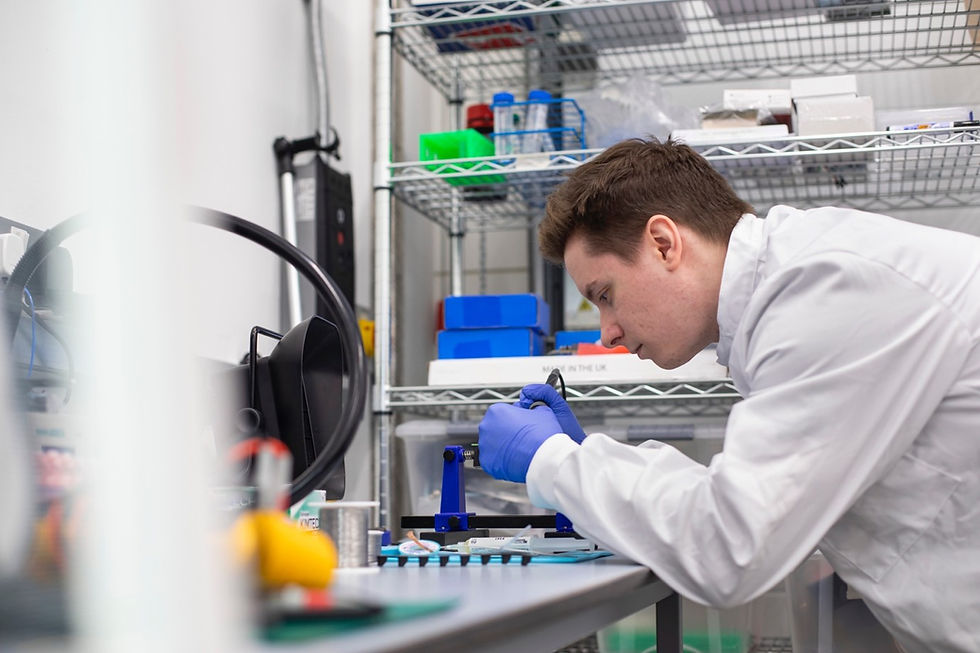Could Space Hold the Key to Curing Cancer?
- asanjay6
- Jun 3, 2025
- 2 min read
Space exploration is no longer just about venturing beyond our planet; it is also reshaping our understanding of diseases, including cancer. Research conducted in microgravity has opened new frontiers in oncology. This blog explores how microgravity offers unique opportunities to study cancer and potentially revolutionise treatments.
1. Accelerated Tumour Growth and ADAR1 Activation
Microgravity accelerates the growth of cancer cells, allowing researchers to study tumour development and drug response in a fraction of the time needed on Earth. For instance:• Faster Growth Rates: Cancer stem cells can triple in size within just 10 days in space whereas it would take about months on earth (UC Sandiego, 2023). This is due to the activation of ADAR1, an enzyme enabling cancer cells to replicate rapidly and evade the immune system.• Implications for Drug Testing: Such accelerated growth provides a time-efficient platform for evaluating the effectiveness of anti-cancer drugs, reducing the longer timelines associated with Earth-based research.
2. 3D Tumour Spheroid Formation
In microgravity, cancer cells grow into three-dimensional structures, known as tumour spheroids or organoids. These closely replicate how tumours grow in the human body:• Better Mimicry of Human Cancer: On Earth, cancer cells typically grow in flat, 2D layers due to gravity. Microgravity eliminates this limitation, enabling the formation of spheroids that better model human tumour biology.• Improved Drug Screening: These 3D models provide insights into tumour progression, metastasis, and drug resistance, which are difficult to replicate in traditional petri dishes or animal models.
3. Immune Evasion Studies
Microgravity also facilitates the study of how cancer cells evade the immune system. By observing ADAR1 activation and its role in immune suppression, scientists can identify potential therapeutic targets:• New Treatment Strategies: Research in space could lead to novel approaches for "reawakening" the immune system to recognise and attack tumours more effectively. Using this, a professor from UC San Diego developed a drug that targeted the ADAR1 (cancer-cloning gene) and acted as a kill-switch for cancer.
A Future Worth Exploring
While challenges remain—such as the cost and complexity of conducting experiments in space—microgravity provides a powerful, unique environment for understanding cancer biology. From accelerated tumour growth to more realistic modelling of human cancer, the insights gained from microgravity research have the potential to shape the future of oncology, bringing us closer to more effective and personalised treatments.
Want to Dive Deeper?
If you're interested in exploring oncology studies in space—let us know and we’d be glad to provide more insights tailored to your interests!




Comments